A new protocol combines gold nanoparticles with an enzyme substrate to give a simple test for the activity of an enzyme, the results of which can be seen with the naked eye.
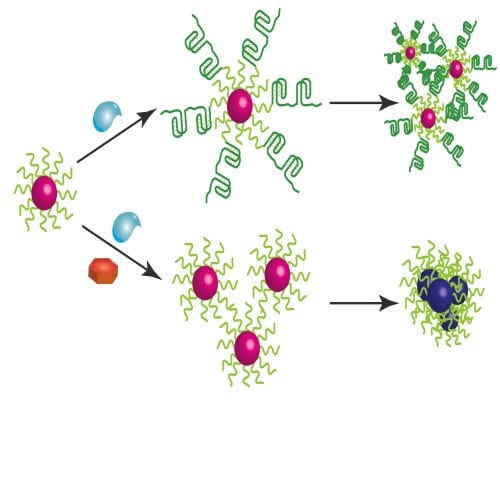

A new protocol combines gold nanoparticles with an enzyme substrate to give a simple test for the activity of an enzyme, the results of which can be seen with the naked eye.
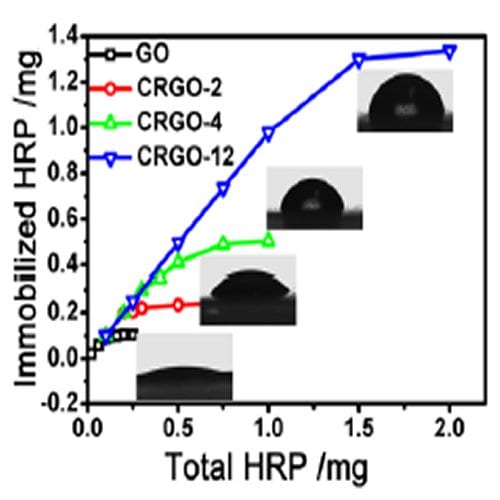
Chemically reduced graphene oxide is a good substrate for high enzyme loads, with activities comparable with those found in solution.
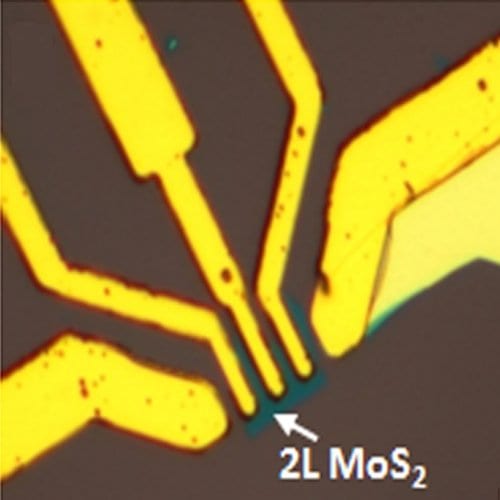
Nitric oxide detectors made of two to four layers of MoS2 incorporated into a field-effect transistor outperform a single-layered device.
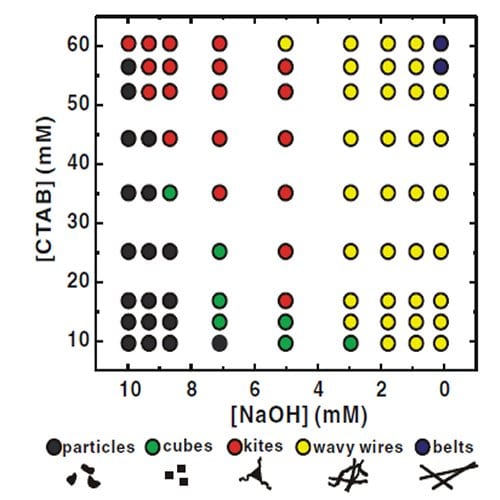
Making exactly the noble metal nanostructure you want is now much simpler, thanks to a microfluidic array developed by US and Chinese researchers.
How do you stick a label on something as small as a cell? Cell-labeling techniques are explained, and the use of polymer-coated nanoparticles as environment-sensitive cell labels is demonstrated by scientists in Germany and Australia.
When we say nanoscience, what do we really mean? And where’s all the research on nanoscale properties and materials coming from?
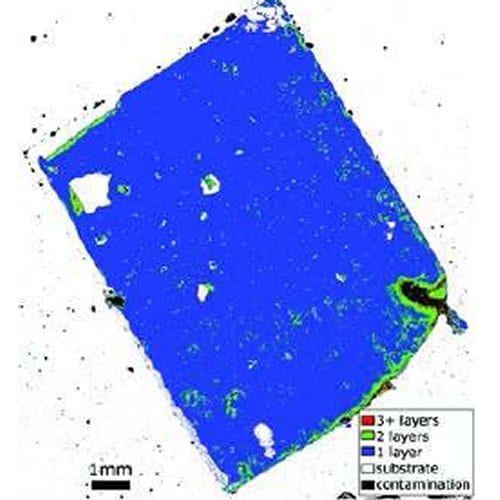
A simple way to identify the number of graphene sheets on a substrate, even over a large area, is shown by US researchers.
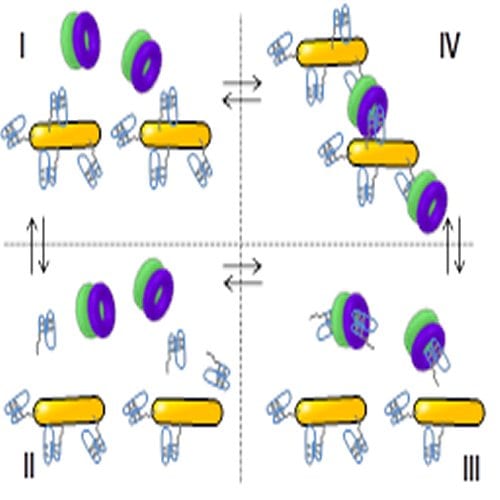
The possibility to obtain work from nanomachines is a step closer to reality as scientists provide a quantitative framework describing interfacial interactions in a nanobiomolecular system.
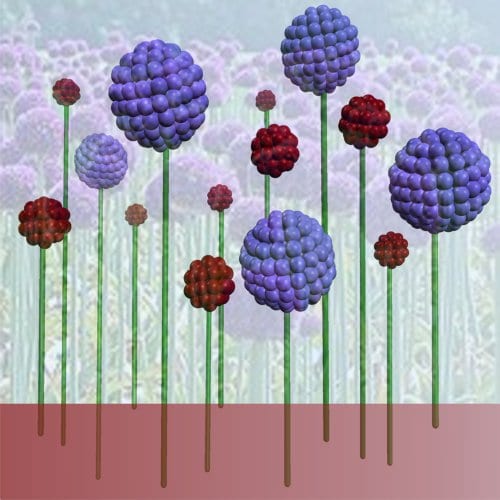
Small changes can have a big effect; a very small change in molecular structure can have a profound controlling effect on the size of gold nanoparticle superstructures.
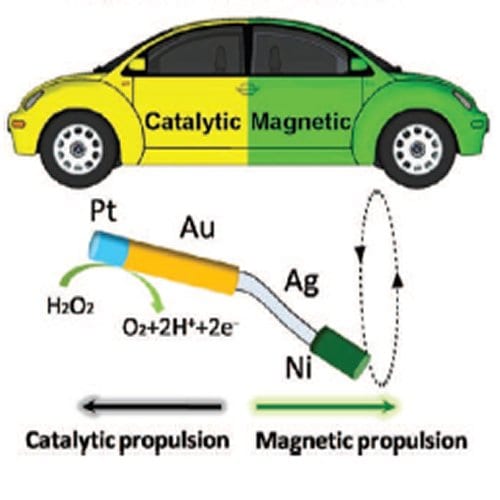
Scientists at University of California, San Diego, USA, led by Joseph Wang, have put together a multisegment nanomotor that contains components responsive to magnetic and to chemical stimuli.